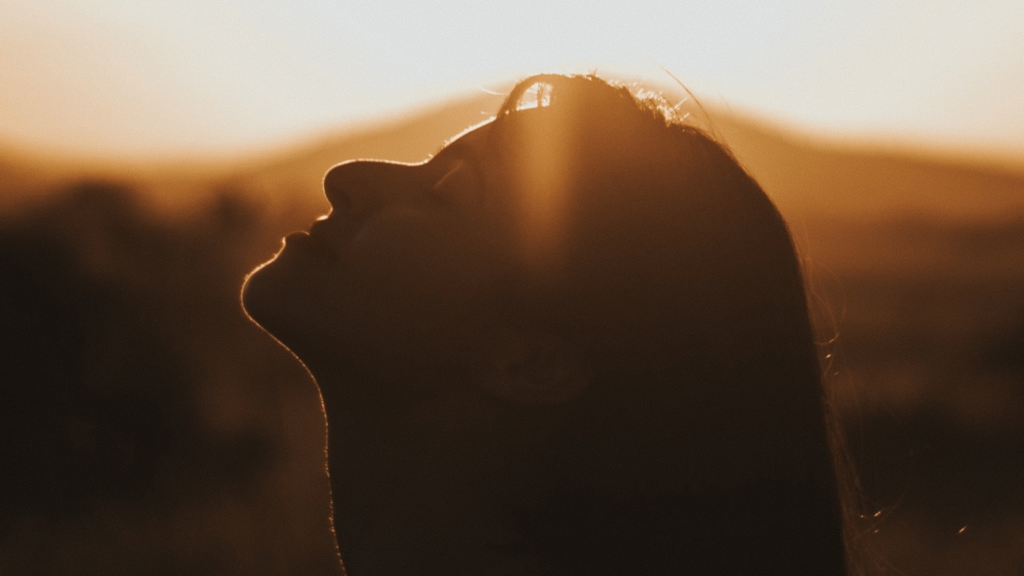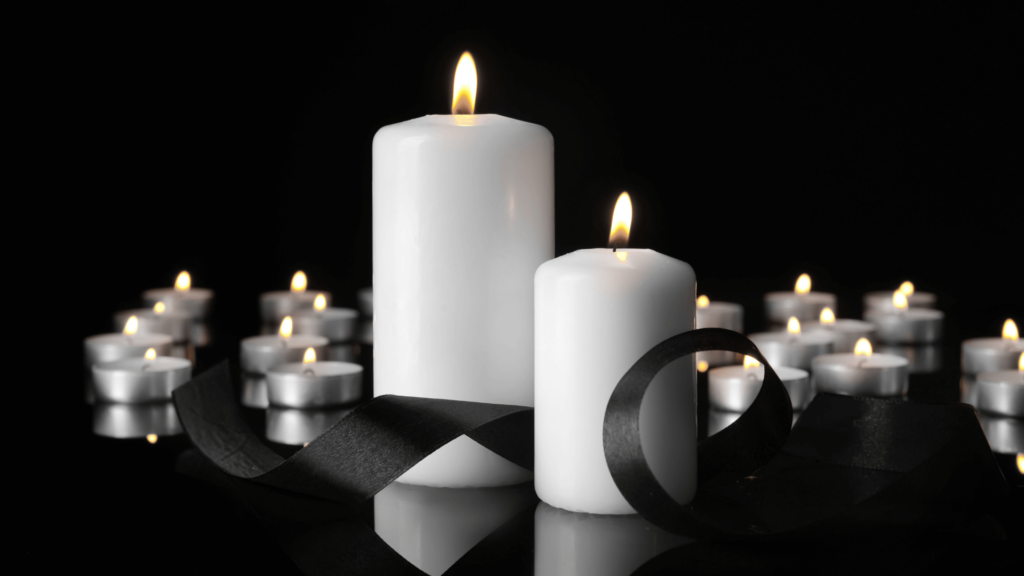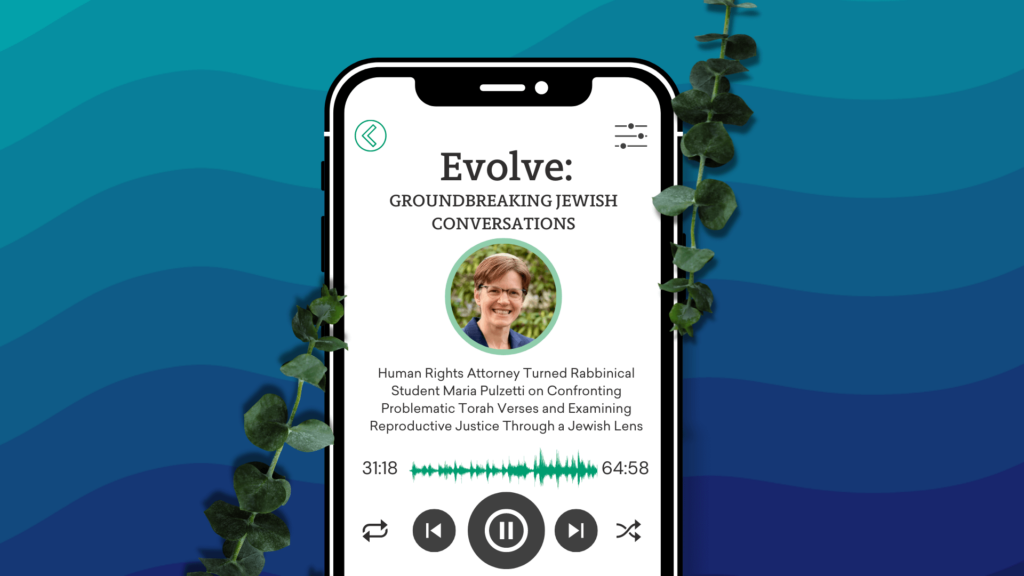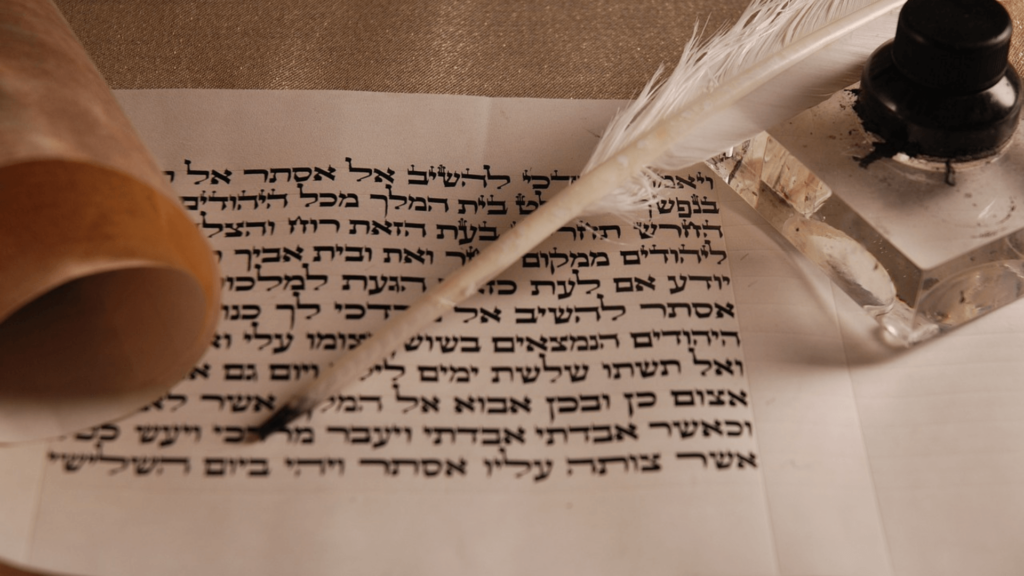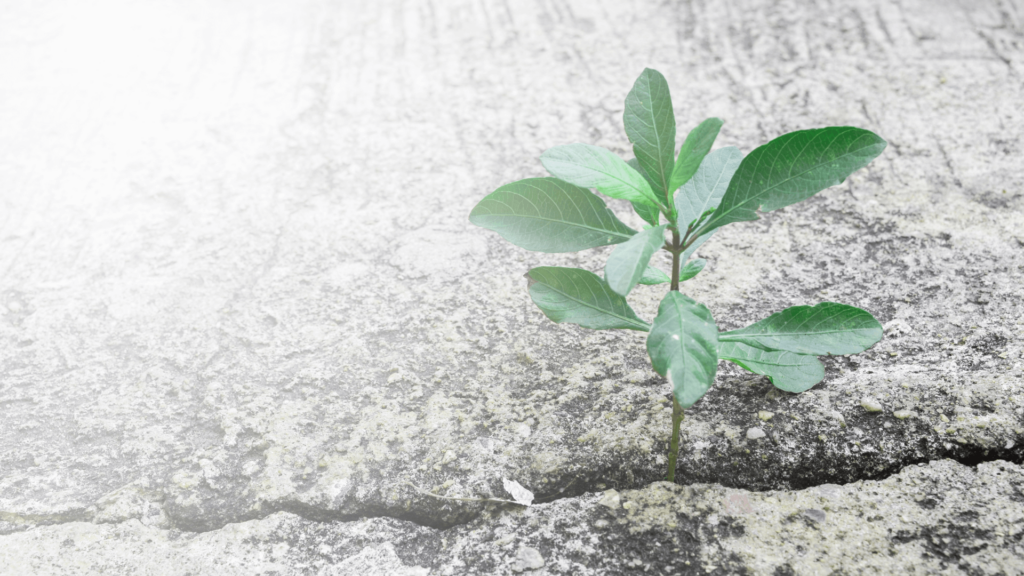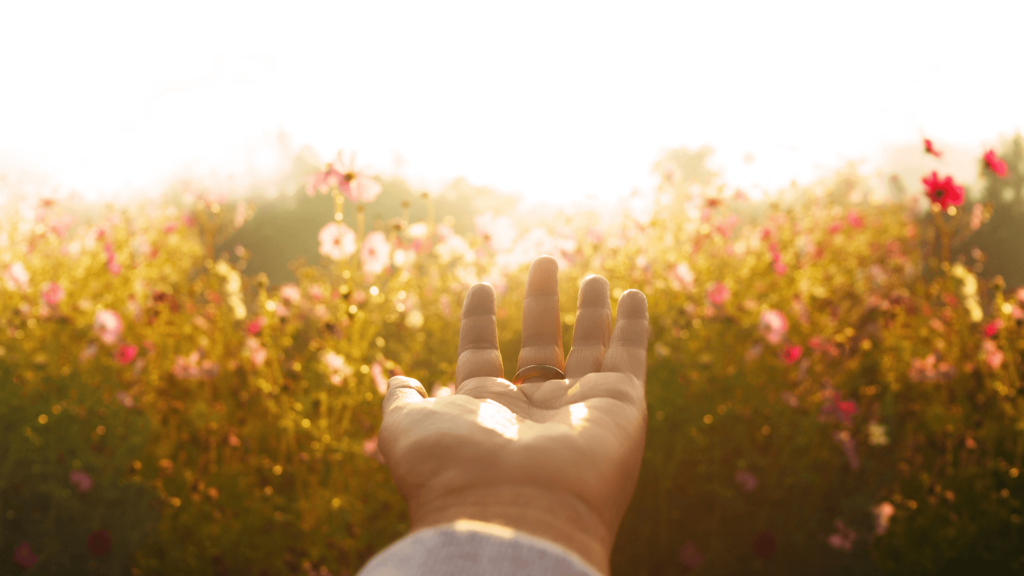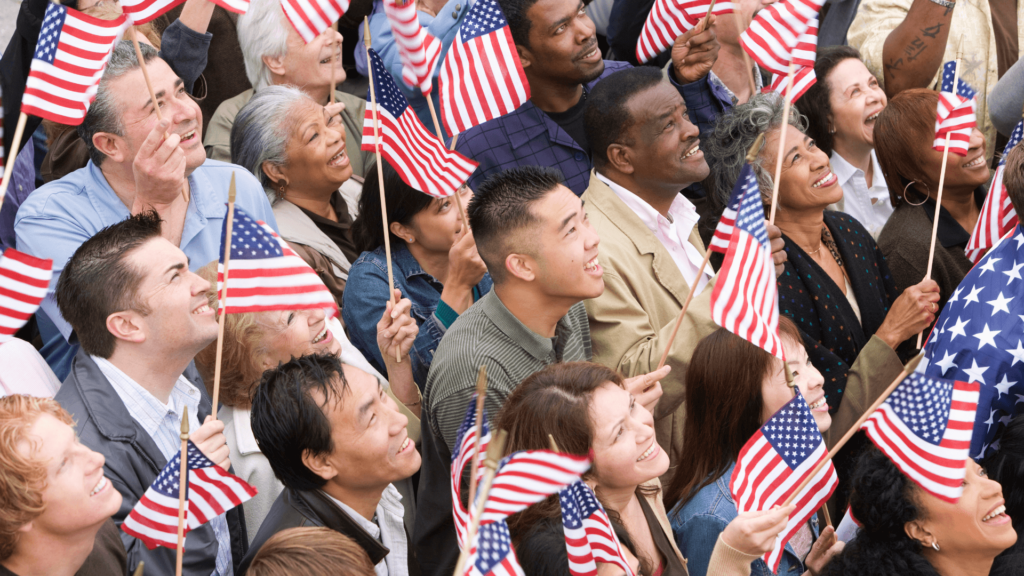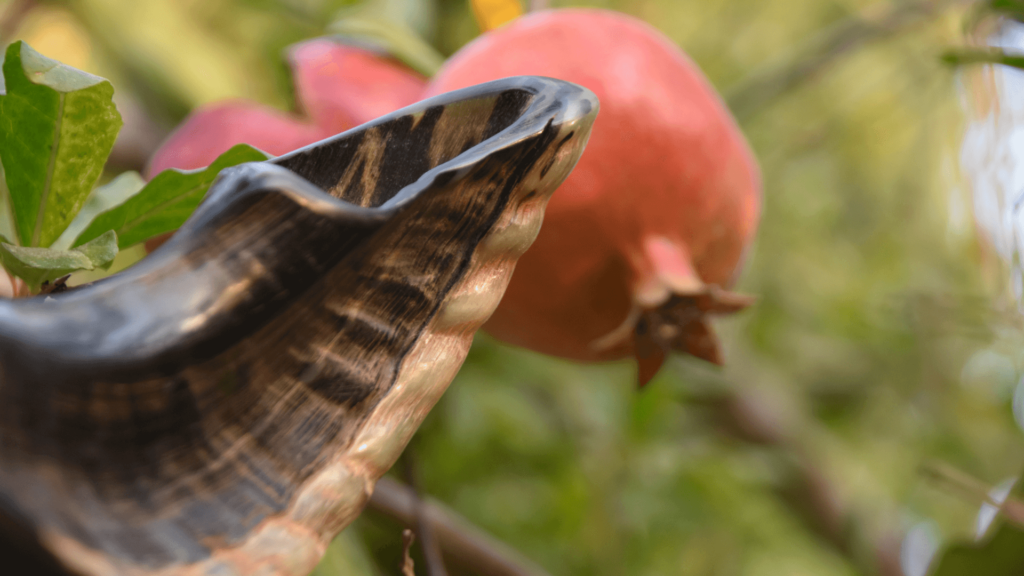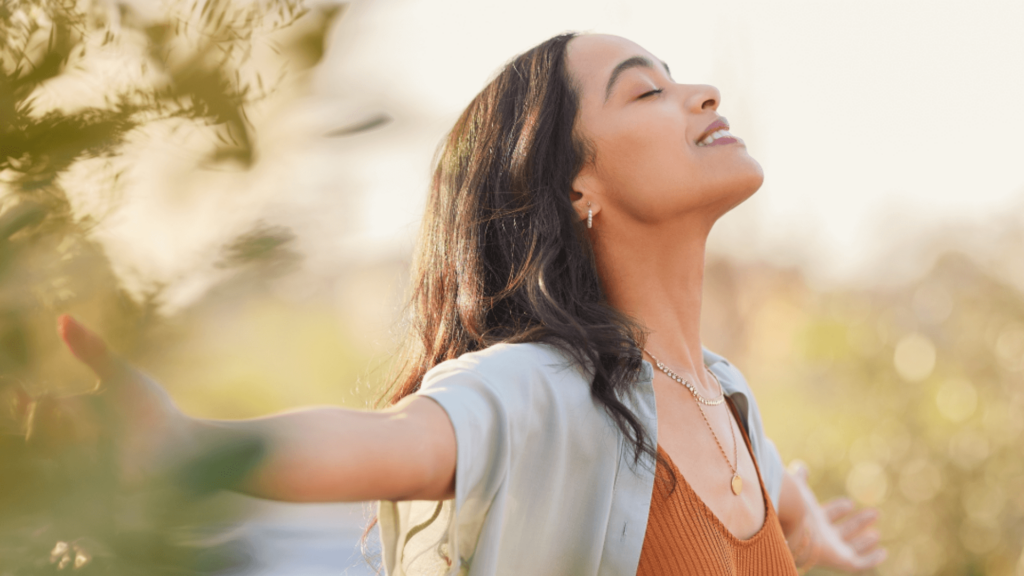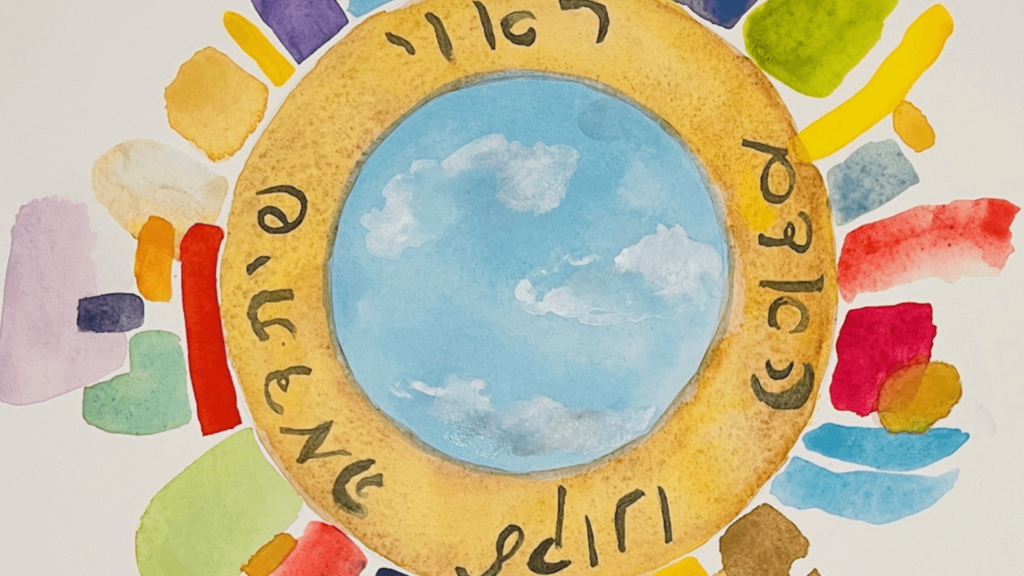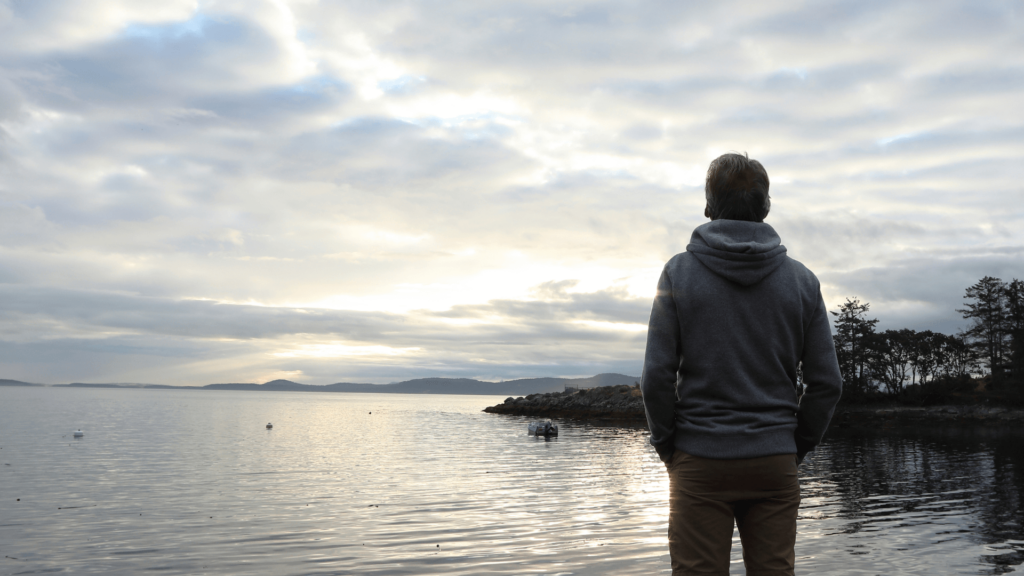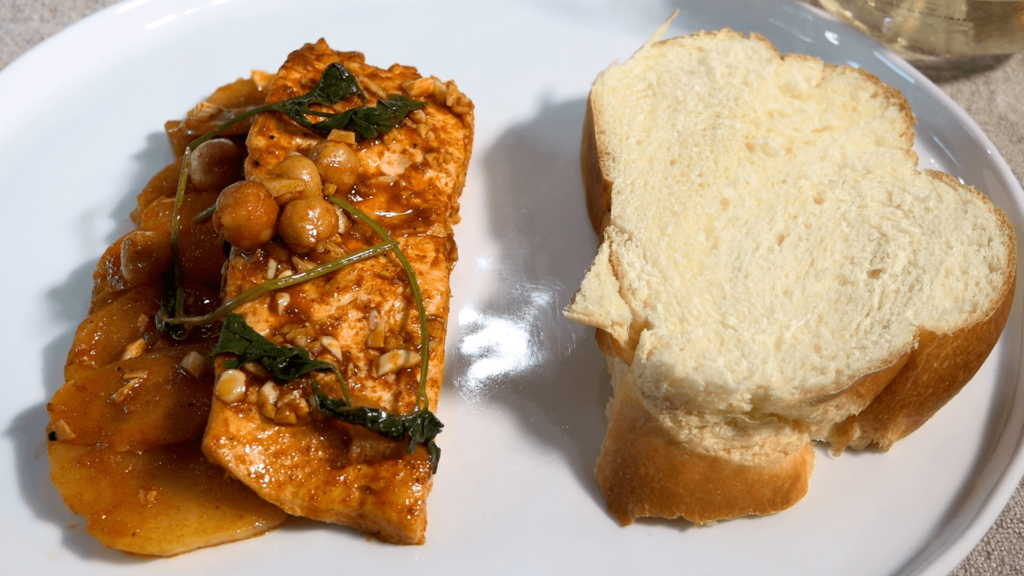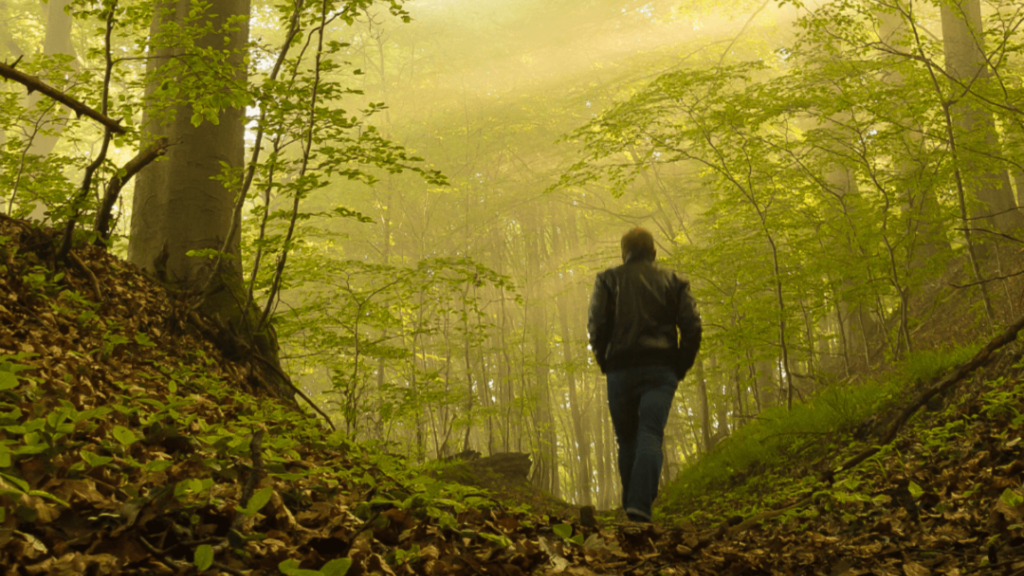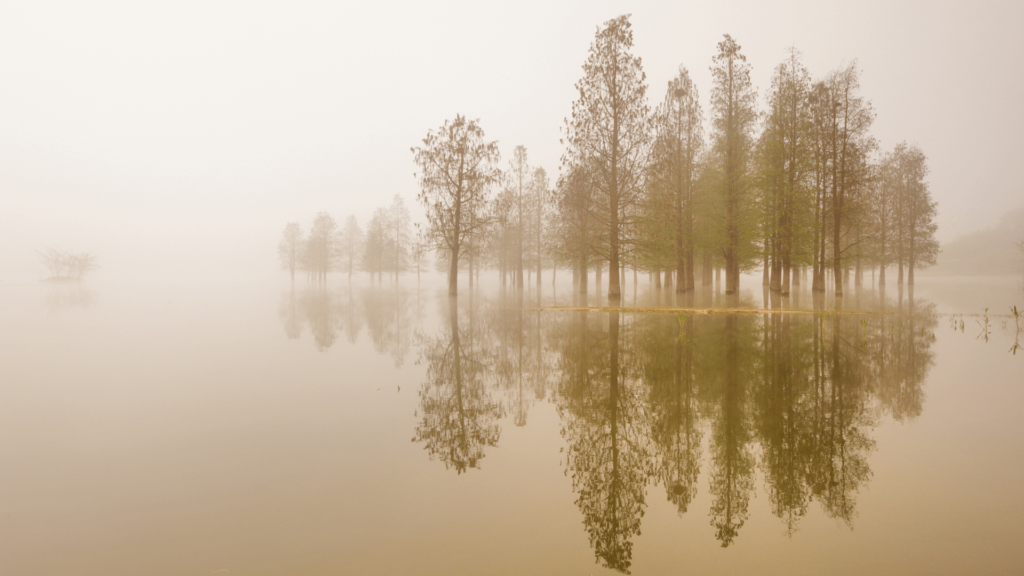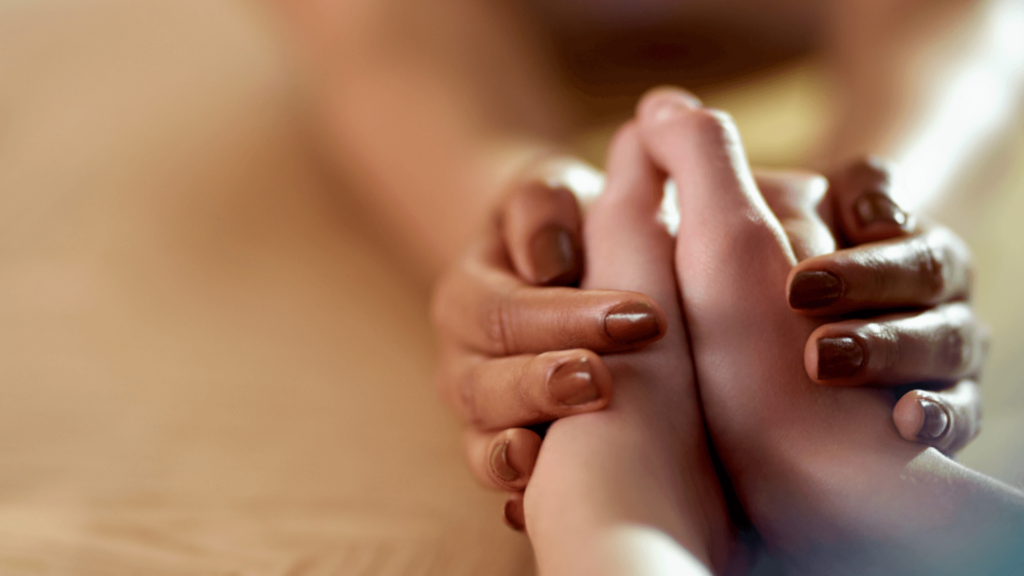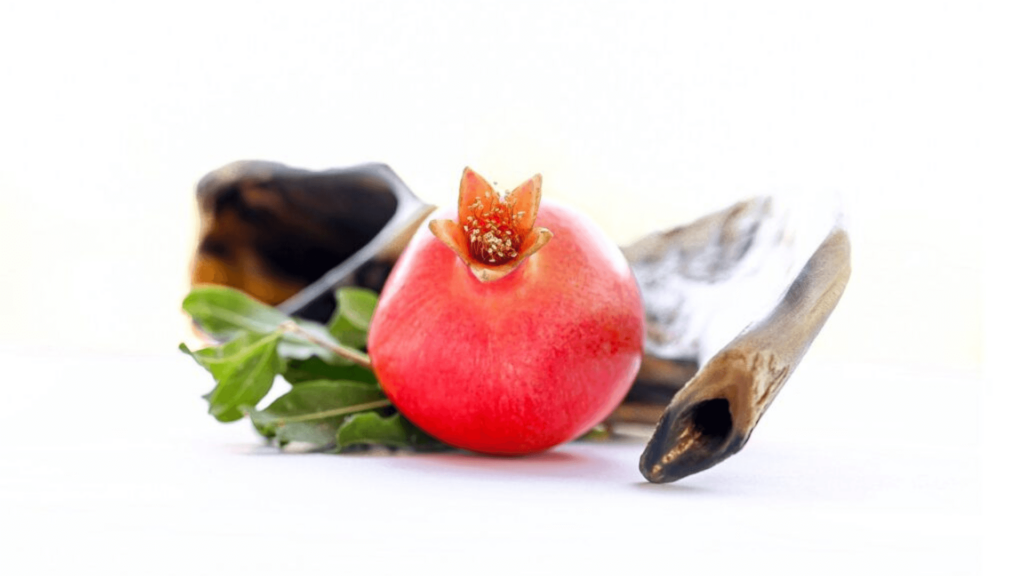Virtual Shabbat Box Archives: September 2024
September 6-7
Rabbi Shelly Barnathan’s poetic words of condolence to mourners speak powerfully to this raw moment.
In this piece, developed in a Ritualwell Mussar poetry workshop, Bryan Schwartzman connects the pain of losing a family member on 9/11 with seeing the loss of life in Israel and Gaza — and makes an unexpected human connection.
Maria Pulzetti, human rights attorney turned rabbinical student, shares how she approaches Jewish texts that seem to contradict her worldview. She also discusses reproductive justice through a Jewish lens.
Rabbi Bec Richman teaches how the rituals of Elul, specifically hearing the shofar blast, rouse us from our routines, awakening us to take stock and set intention in advance of the High Holidays.
September 13-14
Rabbi Deborah Waxman offers an Elul message responding to the murders of six Israeli hostages. It’s a prayer and invitation to crack our hearts and minds open with empathy and compassion.
The song by Rabbi Michael Strassfeld is inspired by Ezekiel’s vision of the valley of dry bones, a symbol of hope in dark times.
Rabbi Deborah Waxman, Ph.D., traces the Reconstructionist embrace of democracy, laying out the history while positing how best to respond to the present and future.
This poem by Rabbi Yael Levy reads like a shofar blast, a spiritual wake-up call to hear the wisdom within.
September 20-21
The point of Rosh Hashanah and the High Holidays isn’t necessarily to repent sin, it’s to embrace an opportunity for personal growth and change, writes Rabbi Gregory Hersh.
Cathleen Cohen’s poem and watercolor painting are a call to rise above the fear that divides us and truly see our fellow human beings.
Rabbi Nathan Martin reframes the Rosh Hashanah practice of tashlikh as a method of realigning with our compassionate, loving selves while letting go of negativity.
Create new memories with loved ones and possibly expand your palette by learning to cook a traditional Mizrachi fish delicacy.
September 27-28
Drawing upon the teachings of political scientist Robert Putnam, Rabbi Marjorie Berman explores the themes of loneliness and community. She writes that the High Holidays show how much we really need one another.
Poet Tiferet Welch invokes perhaps the most powerful and well-known of High Holiday liturgies to ask where she might find the hope to find comfort, truth and reassurance. The answer, it seems, is in silence.
How do we pursue teshuvah? To shed light, Rabbi Michael Strassfeld explores concepts from Hasidism and Buddhism.
Sybil Sanchez Kessler’s poem reads like the blast of a ram’s home, a focused intention for the High Holidays and every day of the year.

